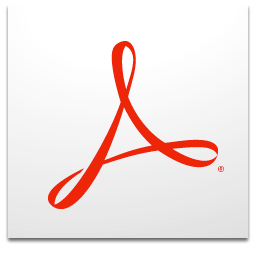I grew up in Jerusalem, in a house filled to the rim with antiquarian books and photographs about pre-1914 Palestine. I write sometimes about these topics, though for the most part I am a historian of Western Europe. I am especially interested in the so-called "long" eighteenth century, most recently in its material and visual culture. I came to History via the sciences (Mathematics and Physics), a detour I have never regretted. I then spent some twenty years of my career in the US and the UK, before returning in 2008 to Jerusalem to the Hebrew University.
Before joining the Hebrew University in 2008, I taught at Princeton, University of Michigan, University of Warwick (England), and Indiana University. Institutionally, important moments in my career include my tenure as the associate editor of the American Historical Review, which gave me an unusually broad view of path-breaking work across the historical discipline; my decade as founding-director of the Center for Eighteenth-Century Studies at Indiana University-Bloomington, which still thrives as a locus of rich and reassuring cross-disciplinary intellectual exchange; and my current tenure as the Dean of Humanities at the Hebrew University, during which I am completing a renewal program that, I hope, will help to transform and stabilize the Faculty of Humanities.
I am a cultural historian of Western Europe in the transition from the pre-modern to the modern, with a focus on the "long" eighteenth century. Much of my work tries to understand what the terms in the previous sentence actually mean.What are the meaning and characteristics of modernity? How distant are we from our "pre-modern" or "early-modern" ancestors? My previous work took apart and then put together again some key narratives that the modern west tells about itself: the rise of class society and especially the middle class; the emergence of the modern individual or modern self; the supposed retreat of God on the road to modernity. In all cases I asked where do these narratives come from and what in fact were the historical developments that stood behind them (which were rarely those they claimed to represent). In terms of methodology, I began with what was then called "the linguistic turn", spent a decade and a half in materials at the interface between history and literature, and more recently moved to the borderland between history and art.
My more recent work, which had begun with a focus on Britain, and has since expanded to much of Europe, especially France, Holland, Venice and Germany, has gone in two directions. One, a recent book with Professor Jonathan Sheehan of the University of California-Berkeley, is about the question of where does order and harmony come from in a world where god is no longer believed to take active care of it itself: this book is titled Invisible Hands: Self Organization and the Eighteenth Century. The other direction is the interface between art and history. This resulted in a book on a mysterious Dutch painter and yet another key narrative of modernity, namely the print and media revolution of the early modern period (titled Mr. Collier's Letter Racks: A Tale of Art and Illusion at the Threshold of the Modern Information Age), and in my current book-project on the interpretation of an extraordinary complex object in the treasury of the Saxon princes .c. 1700.
In addition I have a separate interest in the history of Palestine and especially Jerusalem since the eighteenth century, and of photography in the Middle East.


